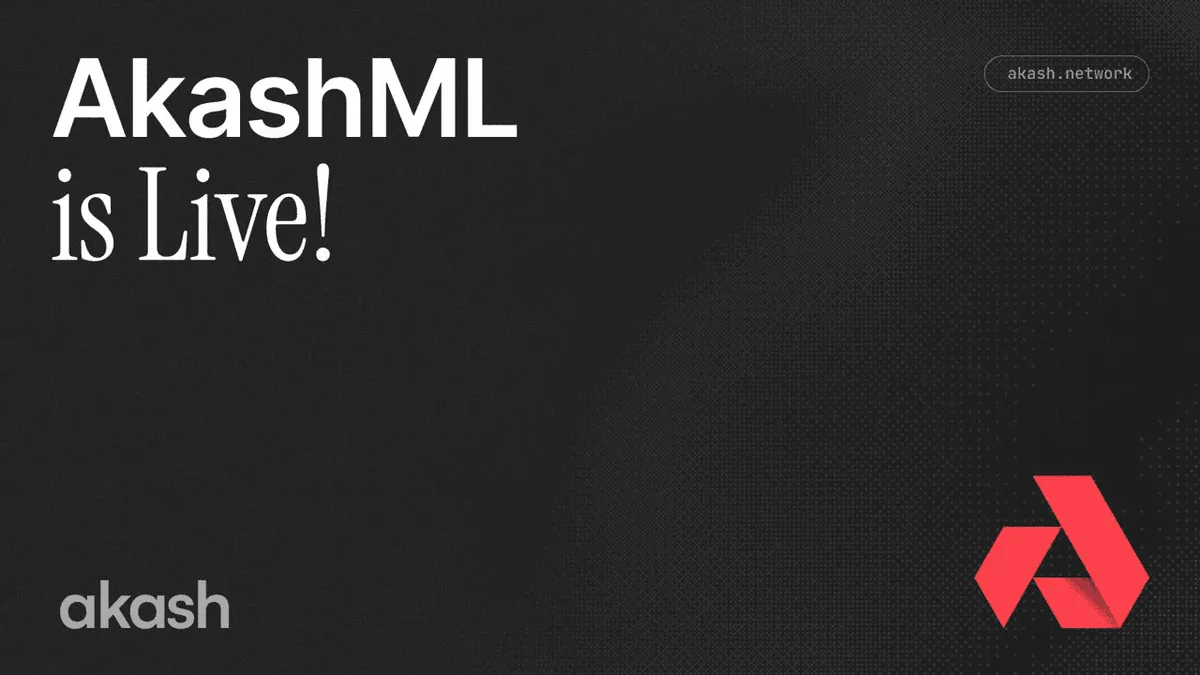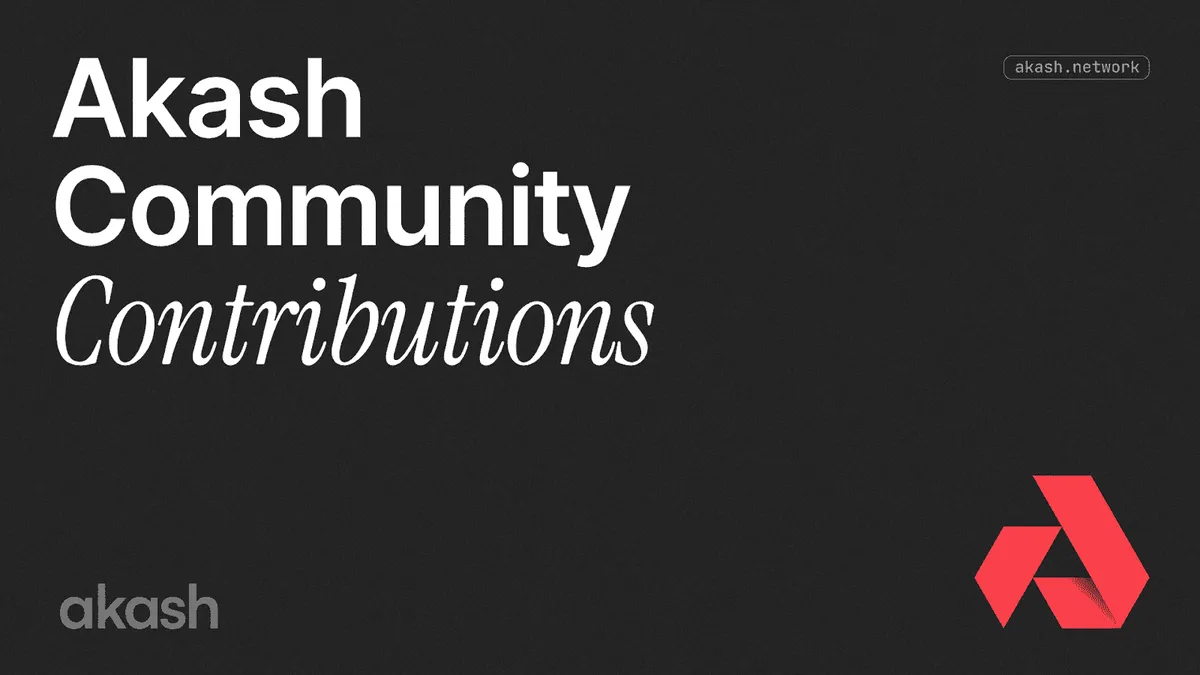
The full global economic impact of the coronavirus is hard to put into words or fancy graphs. At best, we can guess with some degree of confidence what a multi-trillion dollar stimulus package and unlimited money printing will do in the mid and long term to prop up the economy. But we know for certain that technology startups like ours, especially those at early and growth stage, need to be more focused and vigilant than ever, as we don’t have billions in cash of runway and a safety net.

There are many examples of companies being forged in times of chaos (dot com crash, ‘09 recession, etc), and this time is no different. Resilience matters because it demonstrates your team’s adaptability to changing environments, and today, if you’re a big data company (ML, AI, DL), you’re confronted with a multitude of challenges.
Challenges with Cost Reduction in Machine Learning
First, focus on what’s valuable for your customers right now as their priorities have most likely shifted in an economic downturn. Your company’s value proposition, at a high level, does two things:
-
Helps increase revenue
-
Helps reduce costs
Generally, increasing revenue holds more weight, but during economic uncertainty and a looming recession, reducing costs becomes critical. With traditional companies, there are ways to minimize COGS (inexpensive raw materials, better rates with suppliers, etc.), but for machine learning companies that rely on cloud computing, options are few and inflexible. Costs can increase exponentially due to an increase in volume, a code configuration change, or vendor lock in. Simply migrating to different Cloud Service Providers isn’t simple or inexpensive_._
With 25% of ML/AI’s revenue spent on cloud resources, reducing costs will benefit your margins, and ML/AI margins aren’t as attractive to VCs if you’re fundraising. Relative to SaaS companies with 70%-80% margin benchmarks, ML/AI are mirroring that of service companies at 50-60% margins (A16Z on new business of AI). Additionally, SaaS solutions can be sold as subscriptions for recurring revenue, ensuring longer client retention.
For machine learning companies, there are many aspects that hinder margins, like model inference, training, and rich media. With high cloud operations costs and more demanding software, cloud bills are acute pain points for ML companies with limited options.

Cloud costs have a compounding annual growth rate of 43.6% through 2022, eroding healthy growth and margins for growth stage ML companies with a minimum annual cloud compute spend in the six-figures. There have been few alternatives to the CSP oligopoly.
Within this market context, there are 8.4 million data centers with an estimated 85% of server capacity underutilized.
To provide an alternative to the cloud oligopoly and to leverage this underutilized capacity from data centers, Akash is developing the Supercloud, the world’s first and only decentralized peer-to-peer cloud marketplace for serverless compute and services, enabling any data center and anyone with a computer to become a cloud provider by offering their unused compute cycles in a safe and frictionless marketplace.
How Akash Can Help
On Akash’s platform, developers (tenants) set their own prices and allow cloud providers to bid for the workload in a reverse auction. Coupled with our economics, we’re able to save up to 10x on your cloud compute bill, and help cloud providers earn up to 4X more than AWS (Akash Token Economics and Research).
ML/AI companies (or anyone with a computer) can become a node in our network to sell their excess compute, providing an additional income source and greater flexibility to ramp up or down based on your needs with:
-
no vendor lock-in agreements
-
exponential savings
-
increased efficiency and productivity
For developers, we’ll soon be announcing more about Akash’s Supermini, a plug-and-earn portable server and supercomputer for the home packed with 512 CUDA cores with 4x NVIDIA maxwell GPUs.
![]()


